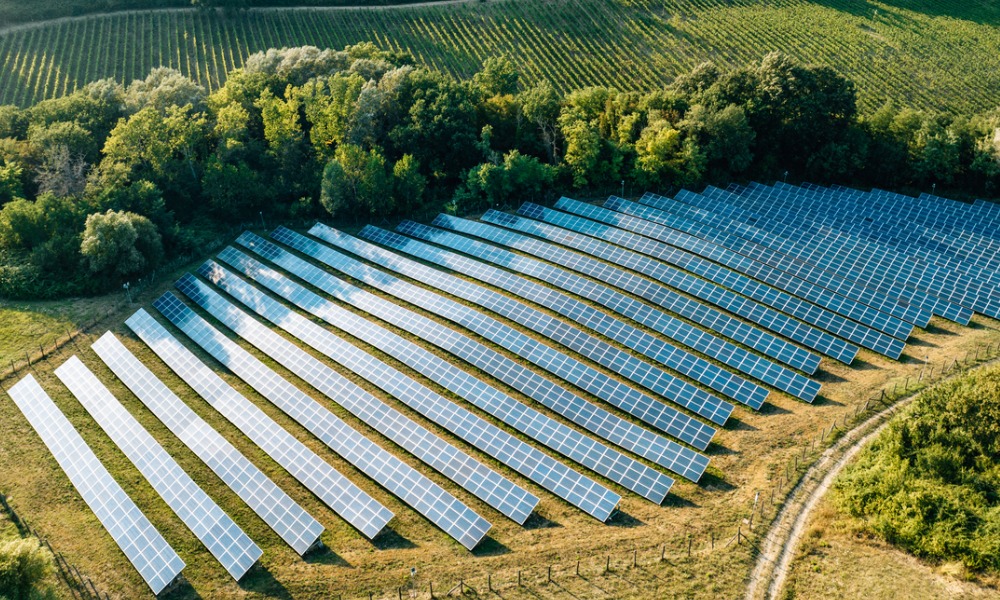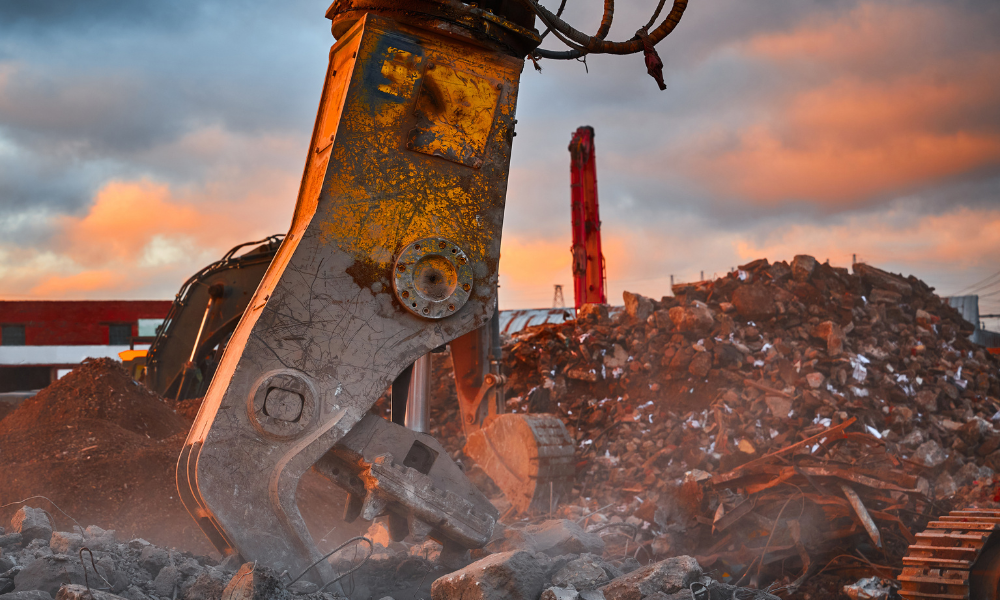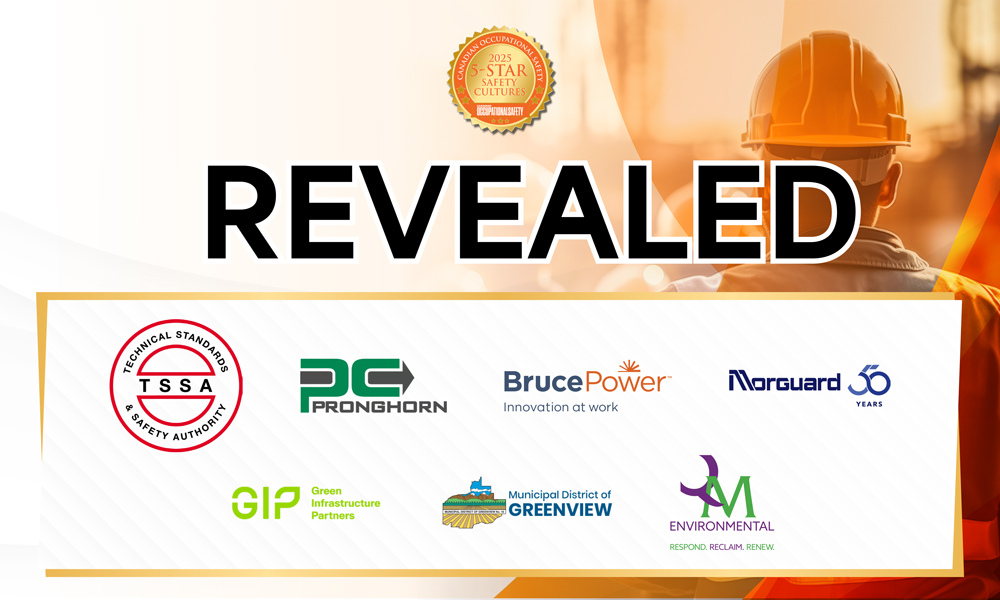Examining the health and safety consideration in an emerging sector


When you think of renewable energy, the focus is often on environmental benefits. However, ensuring workers’ health and safety is crucial behind the scenes. Whether installing solar panels, maintaining wind turbines or managing biomass facilities, working in this industry presents unique challenges and considerations.
How common are hazards in the renewable energy sector?
Hazards are prevalent due to the diverse nature of operations and technologies involved. Exposure to harmful substances, particularly asbestos, is the No. 1 job-related cause of death in Canada. Slips and falls are second, responsible for two-thirds of on-the-job accidents. Other common industry dangers include electrical shocks and fires, respiratory risks, musculoskeletal disorders and severe injuries.
Electrical hazards
Working with renewable energy technologies, such as solar panels and wind turbines, exposes you to various electrical hazards. Installation, maintenance and repair tasks involve handling high-voltage systems that require careful insulation, grounding and adherence to strict safety protocols. You should be trained in safe electrical practices and equipped with appropriate personal protective equipment (PPE) to prevent shocks and fires.
Mechanical hazards
Renewable energy operations require you to work with heavy machinery and equipment, which poses risks of crush injuries, entanglement and mechanical failures. Proper training in equipment operation, maintenance procedures and safety guidelines is crucial to mitigate these hazards. Regularly inspect and maintain machinery to prevent accidents and prioritize safety.
Chemical and respiratory hazards
Certain renewable energy technologies, such as biomass facilities and manufacturing processes for solar panels and biofuels, expose you to chemical hazards. Handling chemicals, organic materials and biofuels can release dust, gases and toxic substances that pose risks to your respiratory system. Implementing effective ventilation systems, providing appropriate protection, and regularly monitoring for chemical exposure are vital to safeguard your health and prevent long-term health complications.
Ergonomic hazards
The physical demands of working in renewable energy, such as awkward postures and heavy lifting, can lead to musculoskeletal disorders and ergonomic injuries. Implementing appropriate principles in work design and incorporating solutions, like lifting aids and adjustable workstations, can reduce risks and improve your comfort and productivity.
Environmental hazards
While renewable energy aims to mitigate environmental impacts compared to traditional power sources, your industry must manage its own ecological hazards. Practices such as proper waste management for end-of-life components, minimizing chemical uses and mitigating construction impacts on local ecosystems are essential for sustainable operations.
Environmental assessments and adherence to regulations ensure renewable energy projects minimize their ecological footprint and protect surrounding environments. Fortunately, standards like ISO 20121 exist to reduce the impact of these processes and promote sustainability.
Psychological hazards
Mental health is a concern in all industries. Over half a million Canadians skip work each week due to poor mental health. Working conditions in the renewable energy sector, such as remote locations, challenging weather and high-pressure deadlines, can leave you feeling psychologically stressed and socially isolated.
Your work environment should be supportive, providing access to mental health resources and implementing stress management programs. Robust measures are important for addressing these hazards and supporting your well-being while on the job.
Worker safety in renewable energy
Addressing these health and safety considerations requires a comprehensive approach integrating risk assessment, safety protocols, training and regulatory compliance. Prioritizing worker safety and well-being allows the renewable energy sector to create safer workplaces, protect the environment and contribute sustainably to global energy goals.





